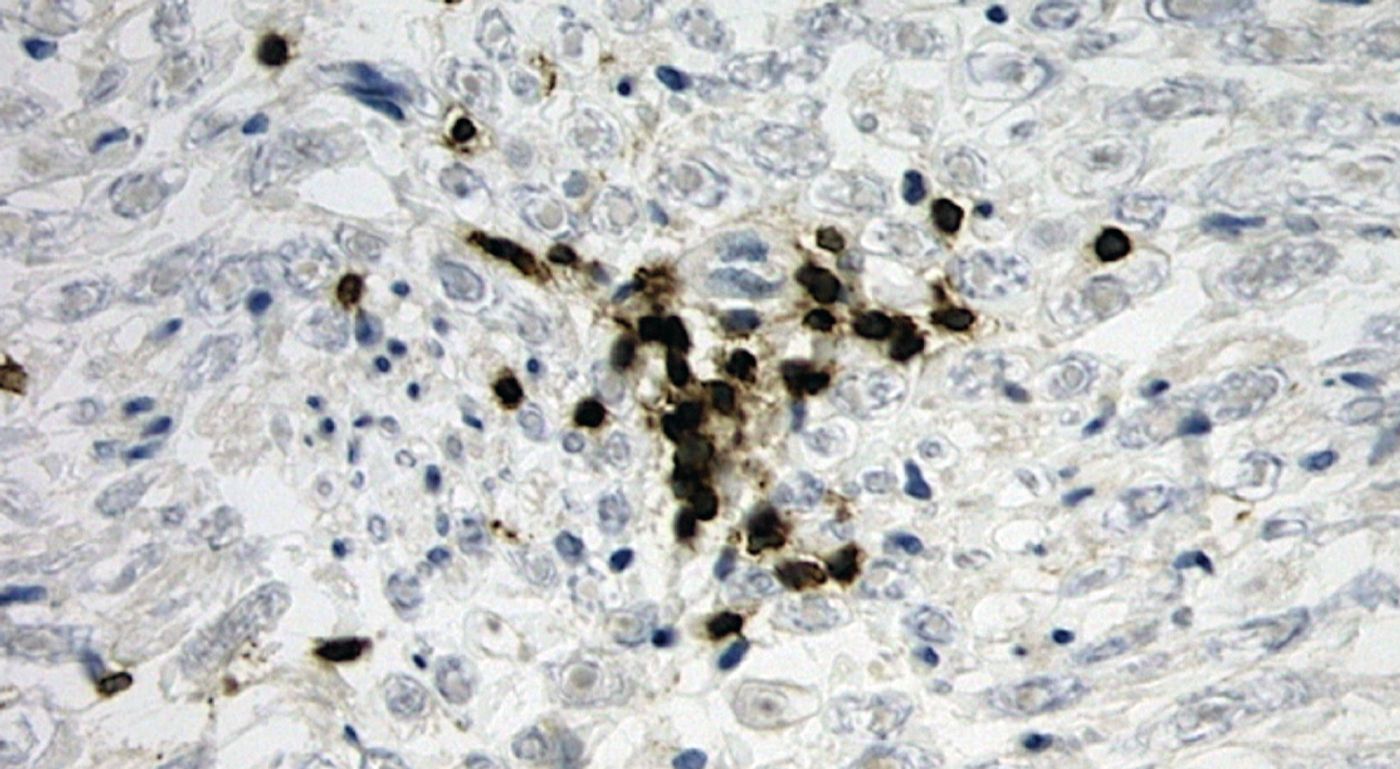There are key differences between the two parts of the immune system - innate and adaptive - and a new study adds one more to the list. Cells of the respective immune responses react drastically different to a signaling pathway called STING. One response results in life, the other results in death.
The STING (stimulator of interferon genes) pathway is employed by the innate immune system to detect viral DNA. Cells of the innate immune system are first-responders, detecting and targeting a pathogenic invasion, mounting a response that’s nonspecific but strong. At a certain point, the adaptive immune system takes over and delivers a more targeted response specific to the type of threat challenging the body.
Innate immune system cells use receptors to identify nucleic acids and activate STING, which then turns on a set of genes that produce cytokines, chemical messengers that promote interaction between cells, and other processes to fight pathogens.
Scientists had a clear understanding of how innate immune cells used STING, but does STING trigger the same or different responses in cells of the adaptive immune system? From Ecole Polytechnique Federale De Lausanne (EPFL), researchers found that not only is the response different in the adaptive immune system - it’s toxic.
In response to STING, adaptive immune system cells called T cells undergo apoptotic, or self-destructive, cell death. Researchers have linked this type of damage to T cell diseases like lymphoma. This happens, researchers found, because STING induces the expression of BH3-only proteins, activating apoptosis in cells instead of producing cytokines.
Researchers see this study’s findings as a wake-up call; STING can be activated in different ways to produce different responses in the immune system, and some may be detrimental to human health. They are already pursuing one method of intervention: a small molecule that activates STING to prevent growth of T cell-derived tumors.
About T cell lymphoma
Lymphoma - all types - is the most common type of blood cancer. T cell lymphoma makes up approximately ten percent of non-Hodgkin lymphomas. In T cell lymphoma, cancer can affect multiple organs, including the lymph nodes, spleen, bone marrow, and the blood.
The present study was published in the journal Nature Communications.
Sources: Lymphoma Research Foundation, Nature Reviews Immunology, Ecole Polytechnique Federale De Lausanne









